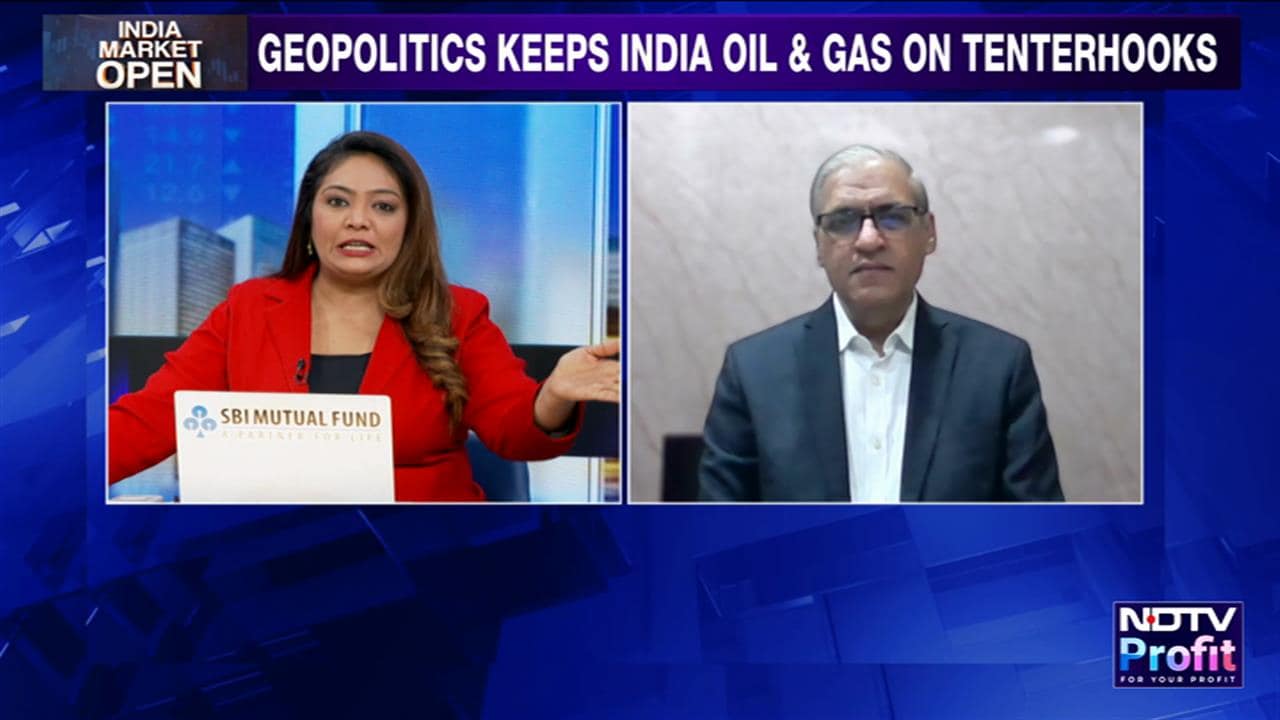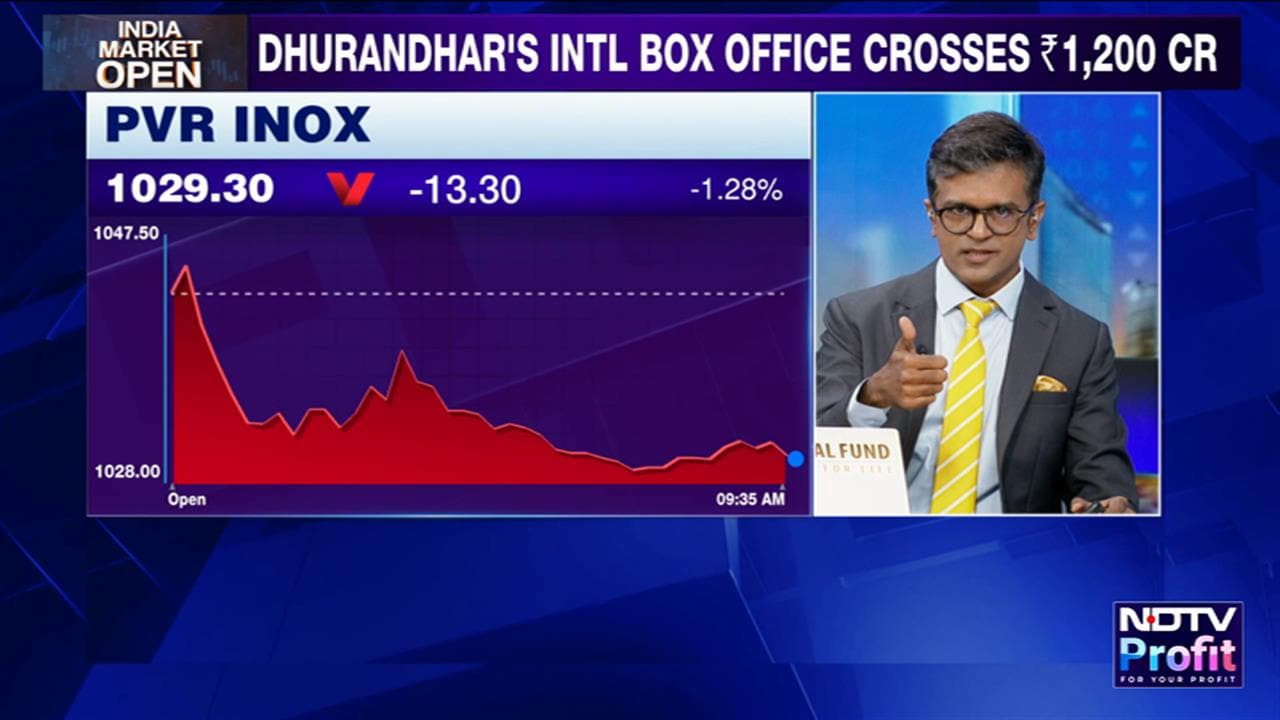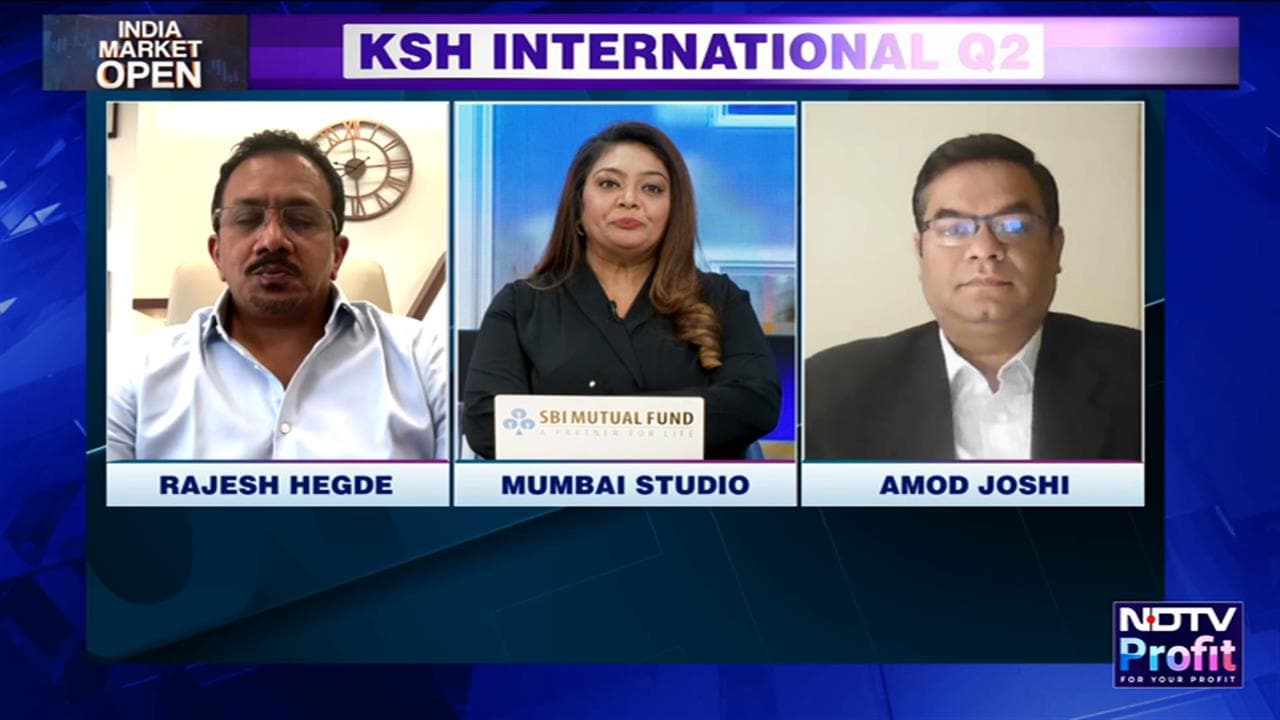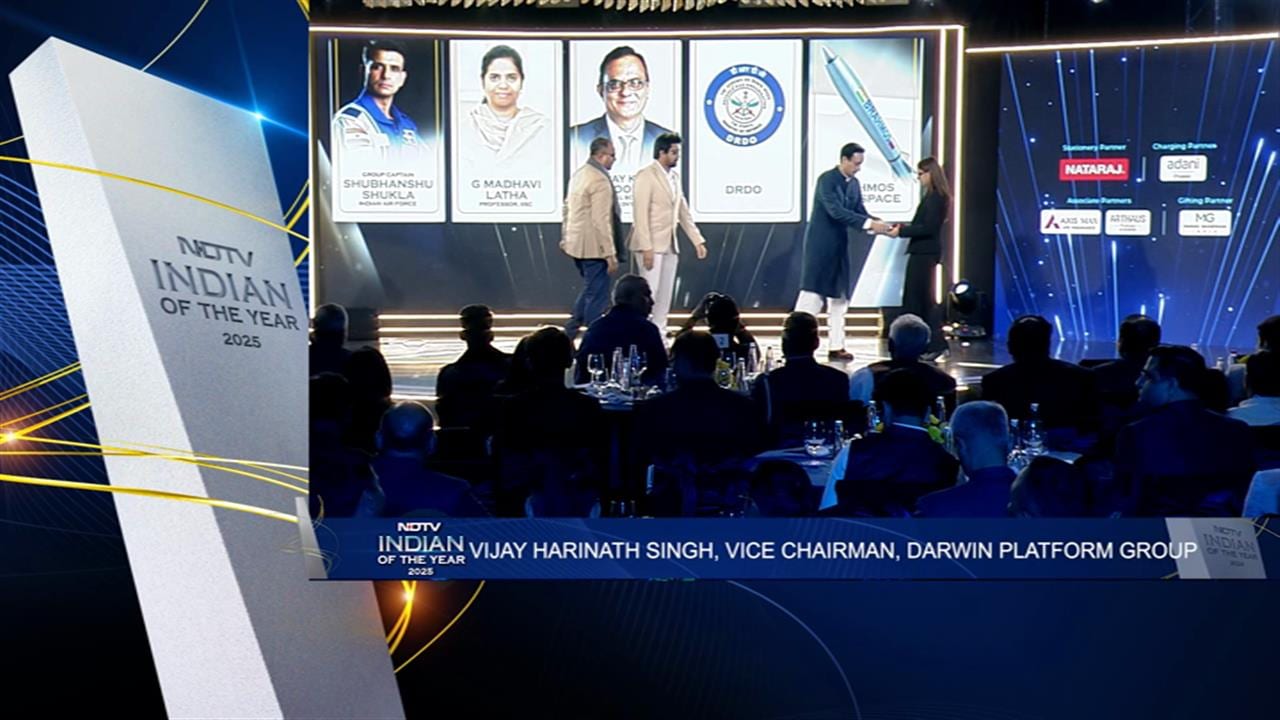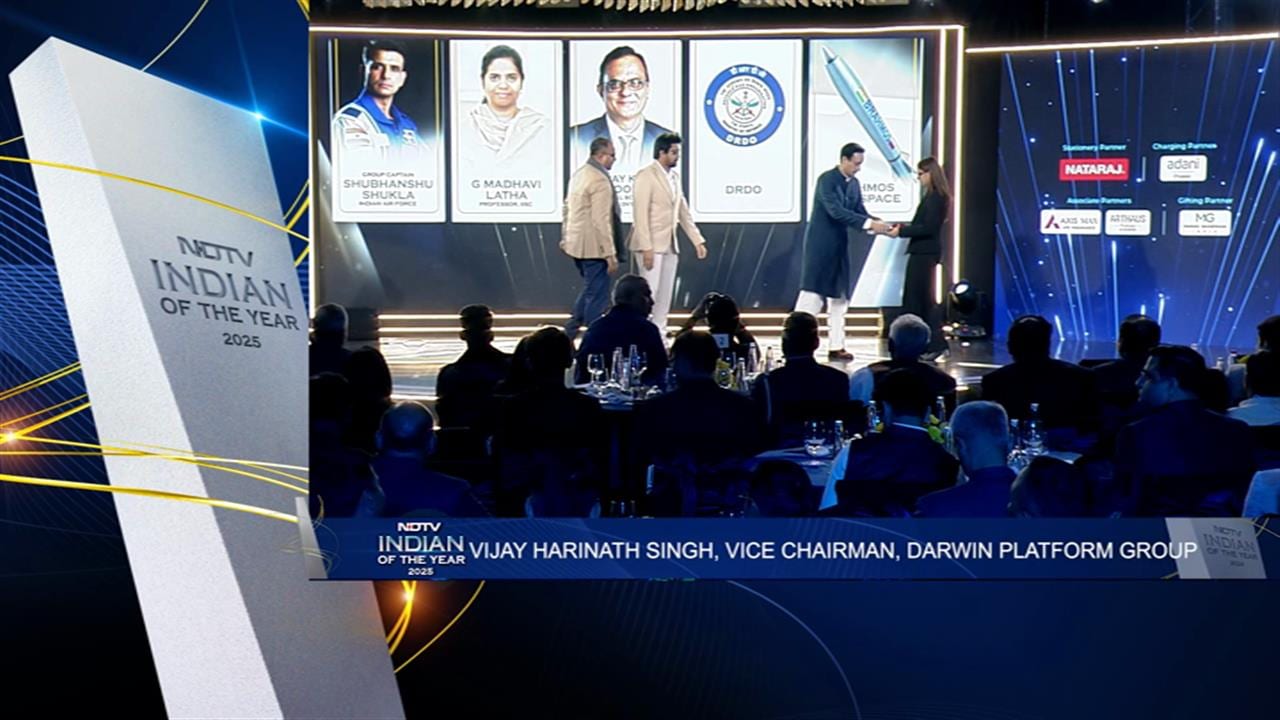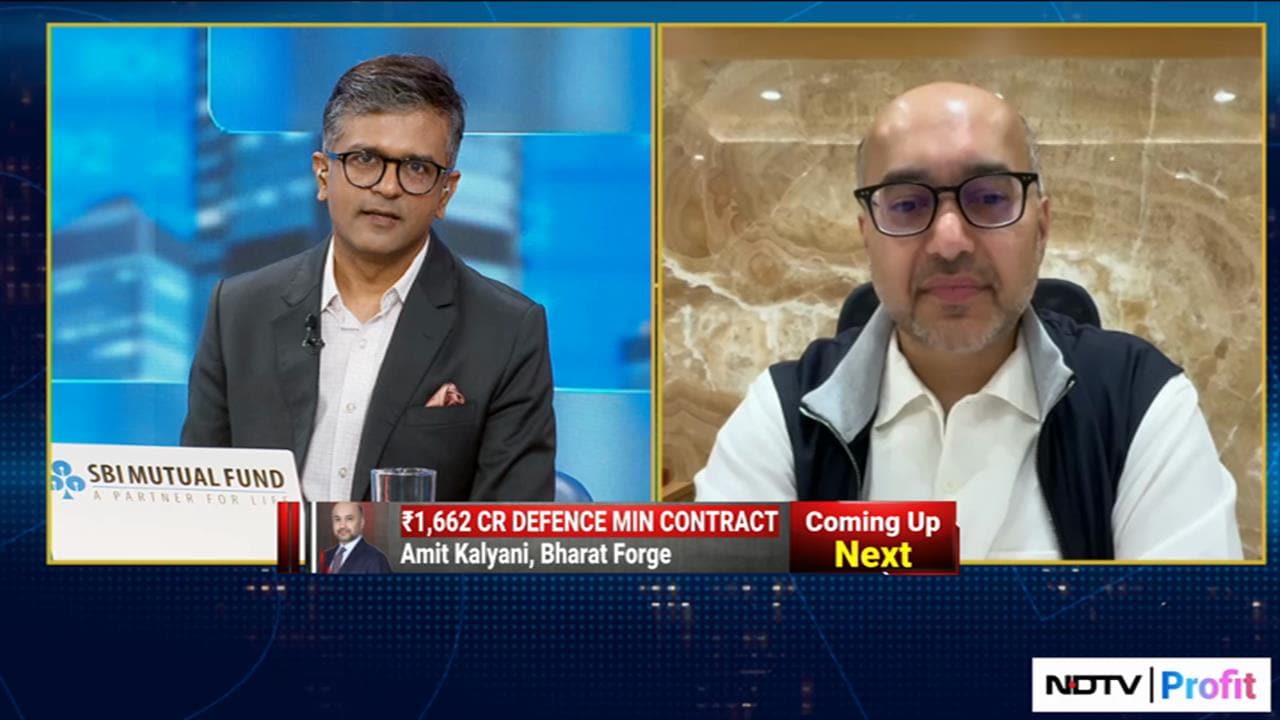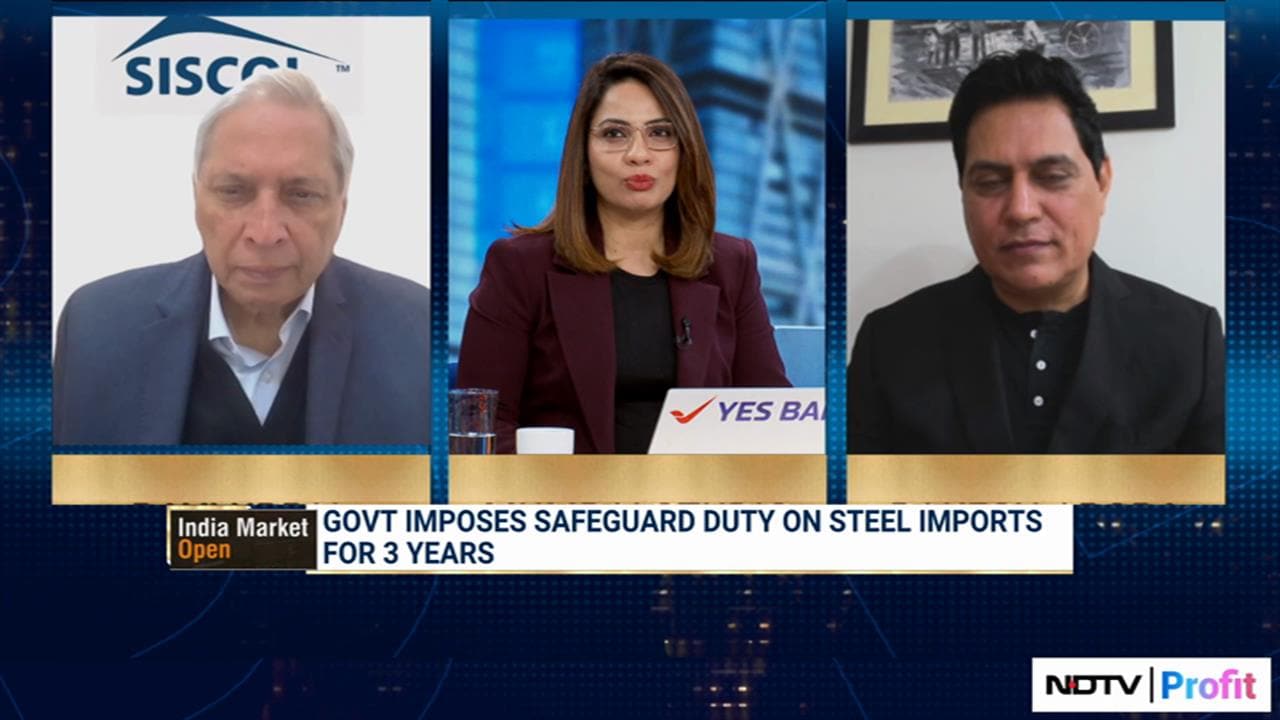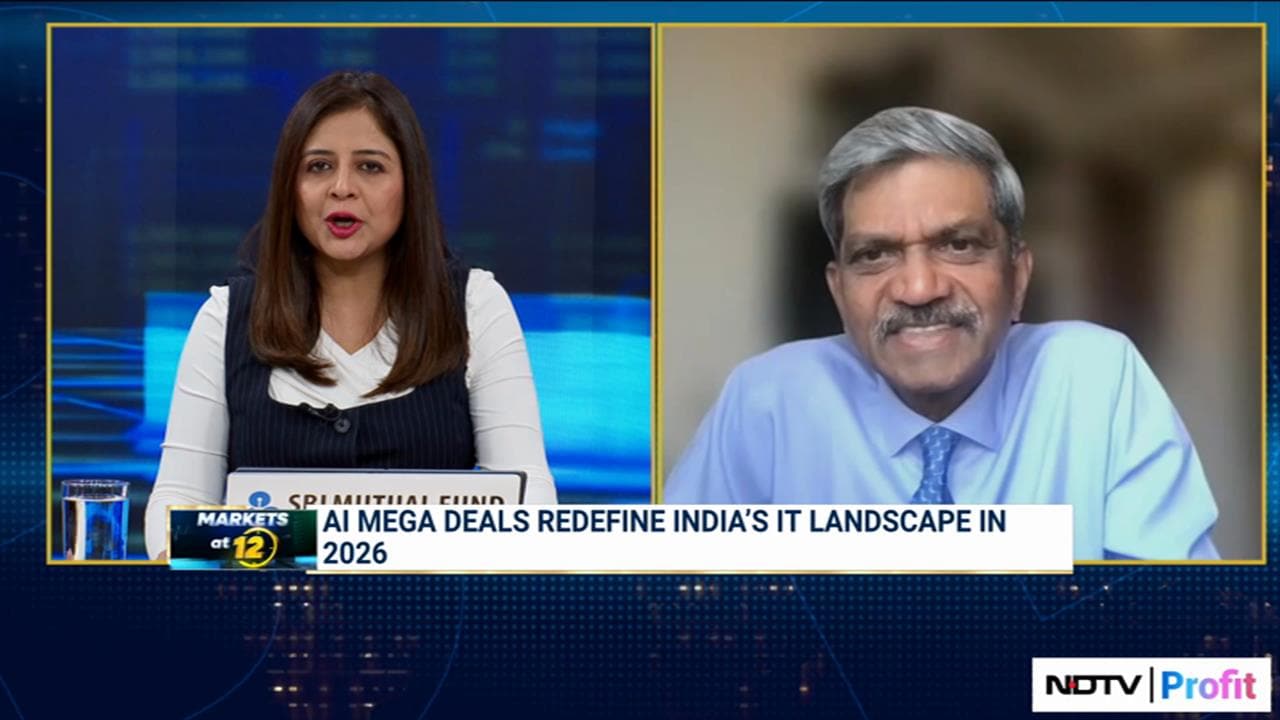
The upcoming review of production-linked incentive schemes later this month should look into simplifying the criteria and rethink incentive rounds to generate investor interest, according to experts.
Stringent payout criteria, complex schemes, confusing timelines and shorter participatory windows have limited the uptake of the PLI schemes across sectors, said industry experts.
According to a Crisil market intelligence and analytics study, 56% incentive payouts are linked to stringent payout criteria. Sectors such as solar photovoltaic modules, specialty steel and advanced carbon composite—or ACC batteries—fall in this category. These are also among the six PLI schemes due for a review later this month.
Sectors such as ACC battery, telecom, textiles, specialty steel, IT hardware and solar PV modules are lagging, said Saurabh Kanchan, tax partner at Deloitte. The second round of application window for the last two is still open, he said.
India is offering incentives to locally manufacture pharma ingredients to semiconductor chips as the nation looks to cut imports and boost employment. BQ Prime had reported that the government will review PLI schemes with stakeholders towards the end of June to bridge gaps for sectors that have seen slower pick-up.
Varying Success
PLI schemes were conceptualised to strengthen domestic production capabilities. They currently exist only for 14 sectors, with a total incentive outlay of Rs 1.97 lakh crore.
Incentives for pharmaceuticals, food processing and large-scale electronic sectors have garnered the most investments so far.
India's focus on scale through the PLI scheme has attracted international and domestic interest, according to a June 13 BofA Securities report. It includes Samsung; Apple's contract manufacturers Foxconn, Wistron and Pegatron; as well as Oppo and Vivo manufacturer, Rising Star.
Six domestic firms—including Lava, Optiemus Electronics, and UTL Neolyncs—were also selected as beneficiaries of this scheme. Others were Bhagwati Products, Padget Electronics and United Telelinks, which are contract manufacturers for Micromax, Samsung and Karbonn, respcectively.
BofA said India can meet its ambitious target of tripling its domestic production to $126 billion and achieving five times exports growth to $55 billion by FY26, which could help create a vendor ecosystem over time.
Policy stability, labour productivity and last-mile connectivity are key factors to watch, it said. Similar PLIs for white goods as well as for IT hardware would be positive for the electronics sector as a whole, according to BofA.
"Overall, the PLI programmes are showing positive movement, but still are in the process of stabilising and gathering the momentum expected from programmes of this magnitude and budgeted outlays," said Kanchan.
Despite mixed results, the industry has been seeking more sectors to be covered under the scheme.
Earlier in June, Rajesh Kumar Singh, secretary of the Department for Promotion of Industry and Internal Trade said that the PLI scheme for toys, footwear and new-age bikes are in “reasonably advanced stages”.
According to government data, till March 2023, the PLI schemes had attracted investments totalling Rs 62,500 crore.
The PLI and new-age sector expenditure to account for nearly 17% capex between fiscals 2023 and 2027, said Aniket Dani, director of research at Crisil.
Roadblocks Along The Way
Varied timelines, complexity of schemes and return on investments could be the reasons for differences in uptake, according to Dani.
"While mobile PLI was one of the earliest ones, sectors such as specialty steel received approvals only towards the end of the previous fiscal, which varies the extent of progress," he said.
Dani said the requirement of multiple clearances, availability of land, high capex requirement, demand concerns and stringent incentive payout criteria have plagued the sector.
The assessment parameters also added to the complexity of the scheme for specialty steel, ACC battery and solar sectors—requirements of which are linked to integration, domestic value addition, and high incremental production targets, he said.
"Textiles PLI has a steep investment threshold and does not fully cover the supply chain. ACC batteries' PLI has aggressive technology and project commissioning timeline targets," Kanchan said. "Meanwhile, the solar PV modules scheme has localisation challenges and specialty steel has limited coverage for target products for which investments are sought."
PLI schemes have a prescriptive and structured approach specifying requirements for technology, sales revenues, subsidy percentages based on cost disadvantages, investments and localisation targets, as well as date for commissioning of the projects. This, together with a limited application window, limited incentive period of 5-6 years and a practically non-existent exit barrier means that the room for error for the government is very limited.Saurabh Kanchan, Tax Partner, Deloitte

(Source: Unsplash)
More Incentives, Agility Needed
According to Crisil's Dani, further rounds of incentives would promote manufacturing as India's power and logistics costs across PLI sectors are higher than competitors. Scale-based incentives and timely payouts would also encourage industries, he said.
A strong supplier base remains a key requirement as many manufacturing components still need to be imported, making the scheme vulnerable to supply chain bottlenecks.
"Strengthening the supplier base and increasing the amount of sourcing from India would create a strong manufacturing ecosystem and streamline the manufacturing supply chain in India," Dani said.
Deloitte's Kanchan recommends a negotiation-based approach for critical investments, through an all-encompassing PLI with no sector restrictions or restrictions on application window.
"This PLI programme could have indicative objectives and parameters for negotiation where only projects which involve technological advancements, deep localisation, global supply chain ‘lift and shift' opportunities or strategic advantage are considered," he said.
Watch LIVE TV, Get Stock Market Updates, Top Business, IPO and Latest News on NDTV Profit.









